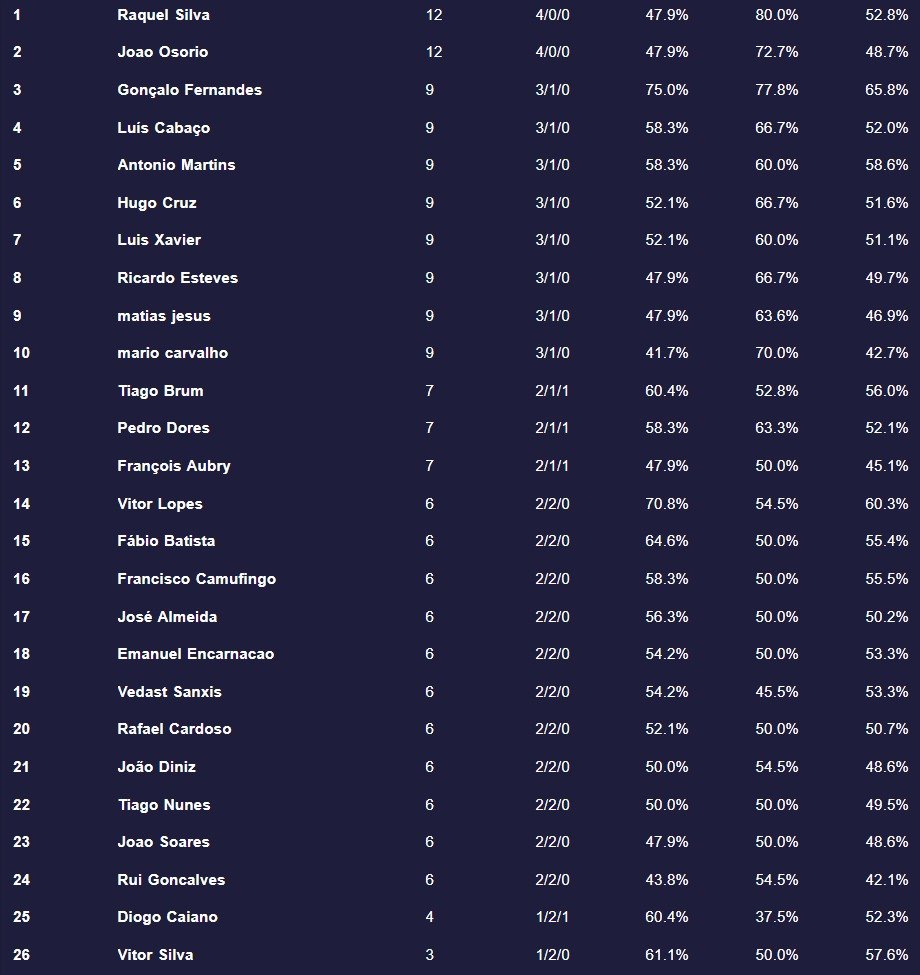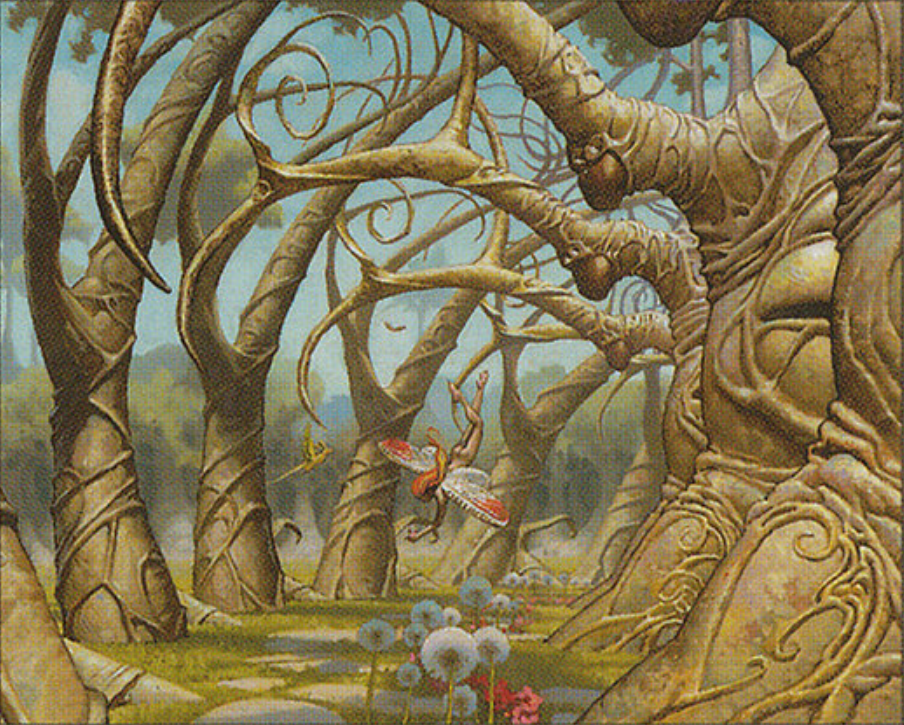Summary. Under Top 7.2 the correct action on Table 1 is to play every Swiss round. The rule rewards continued winning with a real advantage and fixes the overuse of intentional draws learned from normal Top-8 incentives. A concrete case from the Cradle Cup shows that drawing on Table 1 in the penultimate round gives up clear equity.
The rule in brief
If the player who finishes first in Swiss also wins the last two Swiss rounds, that player receives a bye to semifinals and only seven players enter elimination. Otherwise elimination is a normal Top 8. This targets Table 1. Playing preserves bye equity; drawing closes your own bye path.
Event context
- Format and venue: Premodern at Gárgula Gaming, Lisbon
- Date: 18 October 2025
- Field: 38 players, 6 Swiss rounds, then elimination
- After Round 4: two players at 4-0, eight at 3-1, and three at 7 points.
- Round 5 Table 1: Raquel Silva vs João Osório, both on Parallax Replenish (known mirror match).

João chose an intentional draw in the penultimate round because he feared: lose the penultimate round → face a must-win opponent in the last round → lose again → miss the cut.
Pairing mechanics that matter
We assume standard Swiss pairing: within point brackets and no rematches.
- If João loses the penultimate round and falls to 4-1, the last round contains exactly one 5-0 (his previous opponent), who cannot be paired with him again. That 5-0 must face another 4-1.
- The remaining four 4-1 players (including João) fill Tables 2–3.
- Therefore João’s Round-6 opponent is always a 4-1. There is no lower-points opponent. On that table, the optimal choice is an intentional draw that locks quarterfinals for both.
This correction removes the “pair-down” fear and makes playing the penultimate round even better.
Quantified result (equal skill, 50% per match)
Total probability to reach semifinals when playing the penultimate round
| Scenario from João’s seat | Path probability | Probability of reaching semifinals given the path | Contribution |
|---|---|---|---|
| Win penultimate and win last → first seed gets a bye | 0.50 × 0.50 = 0.25 | 1.00 | 0.250 |
| Win penultimate, lose last → quarterfinals | 0.50 × 0.50 = 0.25 | 0.50 | 0.125 |
| Lose penultimate → face 4-1 (100%) → intentional draw → quarterfinals | 0.50 × 1.00 = 0.50 | 0.50 | 0.250 |
Total probability to reach semifinals when playing: 0.625 (62.5%).
If you intentionally draw the penultimate round: 0.500 (50%).
If the player on Table 1 believes their match win rate is above 50%, the edge for playing is even larger.
Why Top 7.2 changes Table 1
Under a normal Top 8, many players on Table 1 draw late because finishing higher in Swiss gives little extra value; the rational goal is simply to secure qualification to the elimination bracket. Top 7.2 changes that payoff on Table 1 by offering a semifinal bye to the leader who keeps winning. On Tables 2–3 of the last Swiss round an intentional draw often remains correct, similar to Top 8. Around Table 4, seats that would be safe to draw under Top 8 may not be safe under Top 7.2, so some players must play.
Takeaways
- Players on Table 1. Play every Swiss round. You keep bye equity and increase your total probability of reaching semifinals.
- Organizers. Top 7.2 works as intended. It aligns incentives at the top, rewards sustained performance, and reduces intentional draws on the feature table.
- Spectators and coverage. You get real games on Table 1 in the closing Swiss rounds, usually the highest-quality matches available, instead of needing to feature a back table when leaders draw.

